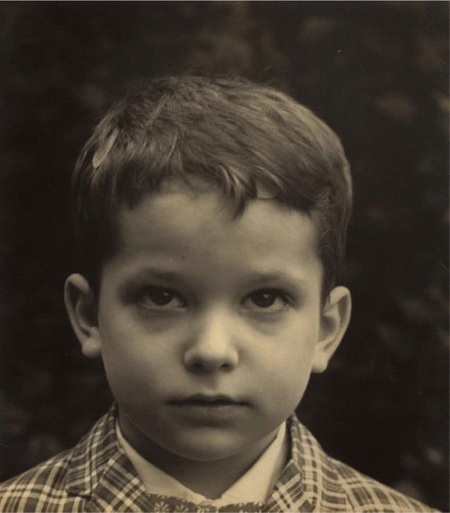Add your promotional text...
What I did and What I saw...That's how I learned.
This is why it is called Kindergarten: Experience is the fundamental learning apparatus for five year olds. Intentional exposure to the world from parents or through free play with other children is critical. Whether tactile, visual, olfactory, or verbal, exposure to life motivates curiosity and inquiry. This is required for words or language to have meaning.
6/10/20243 min read


What I did and What I saw...
It was September of 1964. As I recall I bounded out of the front door of our house with Mom and enthusiastically jumped into the back seat of the car. This was to be my first day in kindergarten. At that time in Chattanooga, Tennessee, kindergarten was a private institution housed in our neighborhood school. I was, and am, the fifth child out of 6. I had an idealistic perspective about going to school driven by what I had witnessed through my older siblings. I was ready, willing, and eager!
This would turn out to be a very disappointing day. I was crushed to learn that the first day was the next week. I’m sure my mother had a pang of guilt as I cried, no wailed, all the way home.
______________-________________________________________________________________________
I do recall a few opportunities at the time out table, but it didn’t seem to
dampen my enthusiasm to go to school every day
In kindergarten I made new friends, played, painted on giant tempera paint easels, watched as bulldozers leveled huge oak trees to renovate our playground, and observed the birth of baby chickens right in the middle of our classroom. I do recall a few opportunities at the time-out table, but it didn’t seem to dampen my enthusiasm to go to school every day. We attended kindergarten for half a day. I went home for lunch and after a nap often ran down the street to play with a friend. Exploring my world brought learning. Kindergarten and home life fit hand and glove.
As A Principal…
The Joy of a Hug Around the Knee
I served in three elementary schools over 12 years as a principal. I loved visiting kindergarten classrooms where student enthusiasm was high. After working 25 years in secondary schools facing the reluctance of cool, I learned there was nothing like having a kindergartener enthusiastically hug you around the knees as he arrived for a great day.
Struggling with Change
In the three schools I served as principal, one in Charlotte and two in Huntsville, I witnessed profound difference in the approach toward 5-year-olds. They were there to read. Teachers were judged for the minutes and hours they spent with small groups working on letter sounds with basil readers and while other students dutifully completed rudimentary exercises that reinforced small group lessons. There was little concern for social or tactile exploration through play critical for academic development. Reading fluency and math were now a 4-hour per day enterprise. 30 minutes of structured PE replaced free play with only 15 minutes for recess. Little time for Naps and more time for tasks.
____________________________________________________________________________________________
I would frequently leave each classroom angry after watching children cry
out of frustration.
My greatest frustration was watching kindergartners take standardized tests on their tablets in formal testing settings. 5-year-olds had not mastered fine motor skills much less reading. Simply scrolling through and completing the test was an accomplishment. I would frequently leave each classroom angry after watching children cry out of frustration.
Misguided Priorities
The priority from all levels of the education establishment was to prepare students through reading exercises at the expense of other activities needed to address fine motor skills, critical thinking, socialization, and curiosity. Through my last eight years as a principal, I saw deficits in social skills, emotional capacity, and motor development that caused numerous relational and academic challenges as children matriculated through elementary school.
When the Hyper Focus on Reading Discourages Learning
In my experience as a principal, I encountered a different prerogative. An education philosophy that saw reading as urgent learning. A perspective that interpreted reading struggles at five as an intellectual deficit.
Interventions for reading struggles prescribed activities that focused on letter sounds over content and decoding over inquiry.
A Case for Curiosity
My experience as a student helped lay the foundation for a successful school experience along with a thirst for knowledge. It all began with the wonders of my environment and encouragement to explore.
_________________________________________________________________________________________
I adopted reading once curious about the wonders of the world around me.
The basic belief as I grew up was that reading would come. I was a latent reader but not a passive learner. I adopted reading once curious about the wonders of the world around me.
Not Looking Back but Preparing the Child to go Forward
This is not a curmudgeon pining for the old days. There is a significant struggle among young readers that has to be addressed. However, human learning is not about inputting digits that will magically transform students into inquisitive readers. The real fundamentals to student success require tactile, social, and experiential encounters within a stimulating environment. Reading is critical, but to get to literacy with young learners, educators cannot bypass active play and exploration if we expect results.
© Paul A. Bonner
